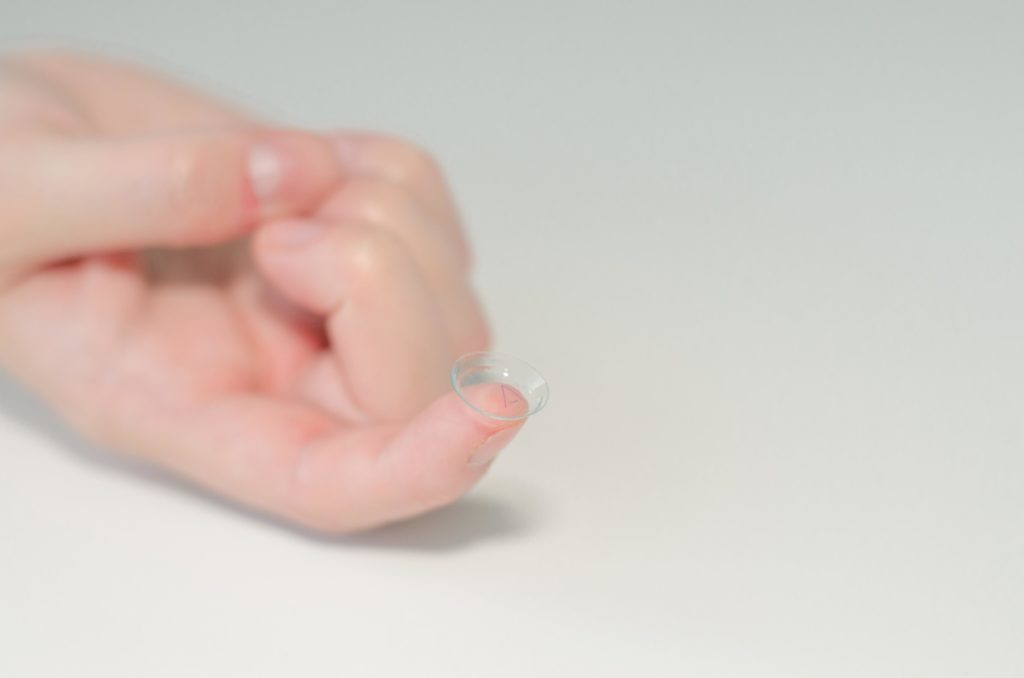The need for innovations in ocular care

Andy Hill, CEO at NuVision Biotherapies, explains why innovating ophthalmology could contribute to recovering NHS waiting lists and help to establish the UK as a global player in the development of cutting-edge solutions in ocular care.
There are currently 630,000 people awaiting ophthalmology treatment on the NHS in England alone, which is the second-highest waitlist. This becomes an increasing concern when considering that ophthalmology is noted as the busiest outpatient service in the NHS and is struggling to cope with demand.
It was recently reported that NHS patients are being forced to pay for urgent eye care or risk going blind because of long waitlists. There is a huge need to support the NHS in the management of eye conditions to reduce the burden on patients, healthcare professionals and taxpayers. But is there anything that can be done to support the recovery of the ophthalmology waiting list?
The impact of poor eye care
It’s well known that good eye health and access to effective care have a direct impact on multiple stakeholders. Patients are of course the first to feel the repercussions of long waitlists and deteriorating eye health, but healthcare professionals, organisations and the taxpayer are also at high risk of being negatively affected.
According to a recent study, around 1.93 million people in the UK are affected by sight loss and blindness caused by a range of conditions, including age-related macular degeneration, cataracts, diabetic retinopathy, glaucoma and under-corrected refractive error. The economic consequence in the UK adult population has been valued at anywhere between £7.2 and £19.5 billion, with costs directly affecting the healthcare system reaching £3 billion at the time of the study.
One important factor to consider which, if fully understood and investigated could lead to a notable reduction in that burden, is that a significant proportion of sight loss and blindness is preventable. If we can secure greater investment from public and private organisations, new innovative therapies will be developed which can directly improve eye health through better access to early intervention and prevention.
Let’s take a look at the National Eye Health Strategy Bill that calls on the Secretary of State to publish a national eye health strategy for England. The objectives of the Bill are clear; to improve eye health outcomes, reduce waiting times for eye health care, ensure providers of eye health care work together in an efficient way, increase the capacity and skills of the eye health care workforce, and make more effective use of research and innovation in eye health care. Despite the many barriers that are in place, there is hope that the objectives set out in this Bill are achievable.
Accessing innovations in ocular care
Across the globe, great strides in innovating ocular care continue to be made. According to Dr Peter McDonnell, Director of The Wilmer Eye Institute and Professor of Ophthalmology at Johns Hopkins University, who co-chaired the December 2023 EyeCon conference; “There’s so much innovation going on in ophthalmology that it’s really impossible…for anybody to read all the journals and see all the articles that are coming out.”
Recently in the UK, the Association of Optometrists (AOP) updated clinical guidelines to include the application of amniotic membranes for dry eye disease patients, which opened up treatment access through optometrists in an outpatient setting. But what does this mean for the industry in practice and the NHS waiting list?
Optometrists have a new therapeutic option to support patient care with a treatment that integrates easily into existing clinical practice and effectively supports healing, limits inflammation formation, and reduces pain. Our OmniLenzⓇ, a specialised bandage contact lens enables our amniotic membrane, Omnigen®, to be loaded onto the ocular surface in a four-to-six-minute procedure without the need for surgery. In the longer-term, the availability of an amniotic membrane-based treatment in primary care will take the pressure off scarce NHS resources, allowing secondary-based care to reduce the current ophthalmology waiting list by focusing on patients who can only be treated in a hospital setting.

Clearly, innovations can have a positive impact on every stakeholder involved in the provision, delivery and receipt of quality eye care. And to continue driving the UK’s world-leading innovations in this industry, we must remain open to knowledge sharing and collaborative practices. This will be supported by keeping up-to-date on the latest clinical studies and available resources on the range of eye conditions that global populations are facing, and the potential solutions.
What next?
It appears that we’re currently balancing on a precipice. On one side, we have an ever-worsening waiting list, while on the other we have an ongoing commitment to innovation that could transform ocular care for the better. In the UK and across the globe we’re seeing professionals in the public and private sectors scoping out new solutions to ocular conditions and treatments. For example, the use of AI to train surgeons remotely and monitor eye health with smartphone apps. And in May 2023, the NHS published new clinical guidance with the aim of reducing waiting times for eye care services for patients in England.
If you know where to look, organisations across the UK are advancing world-leading innovations in ocular care. But it’s important that we stay open to learning from other countries. For example, in the US significant ophthalmology-related FDA approvals have occurred or are due to occur imminently. Intraocular injections will be deployed to treat geographic atrophy, an advanced form of age-related macular degeneration, which previously had no treatment. Meanwhile, new data suggests that low-dose atropine can be very effective in reducing the magnitude of myopic progression in young children.
I’m very hopeful for the future of eye care in the UK and globally, and that as an industry we remain committed to supporting patients, professionals and our healthcare systems in overcoming the barriers and pressures that they are currently facing in the delivery of effective ocular care.
For more information on the innovative therapies that are being developed in ocular care, please visit: https://www.nu-vision.co.uk/patients/.

